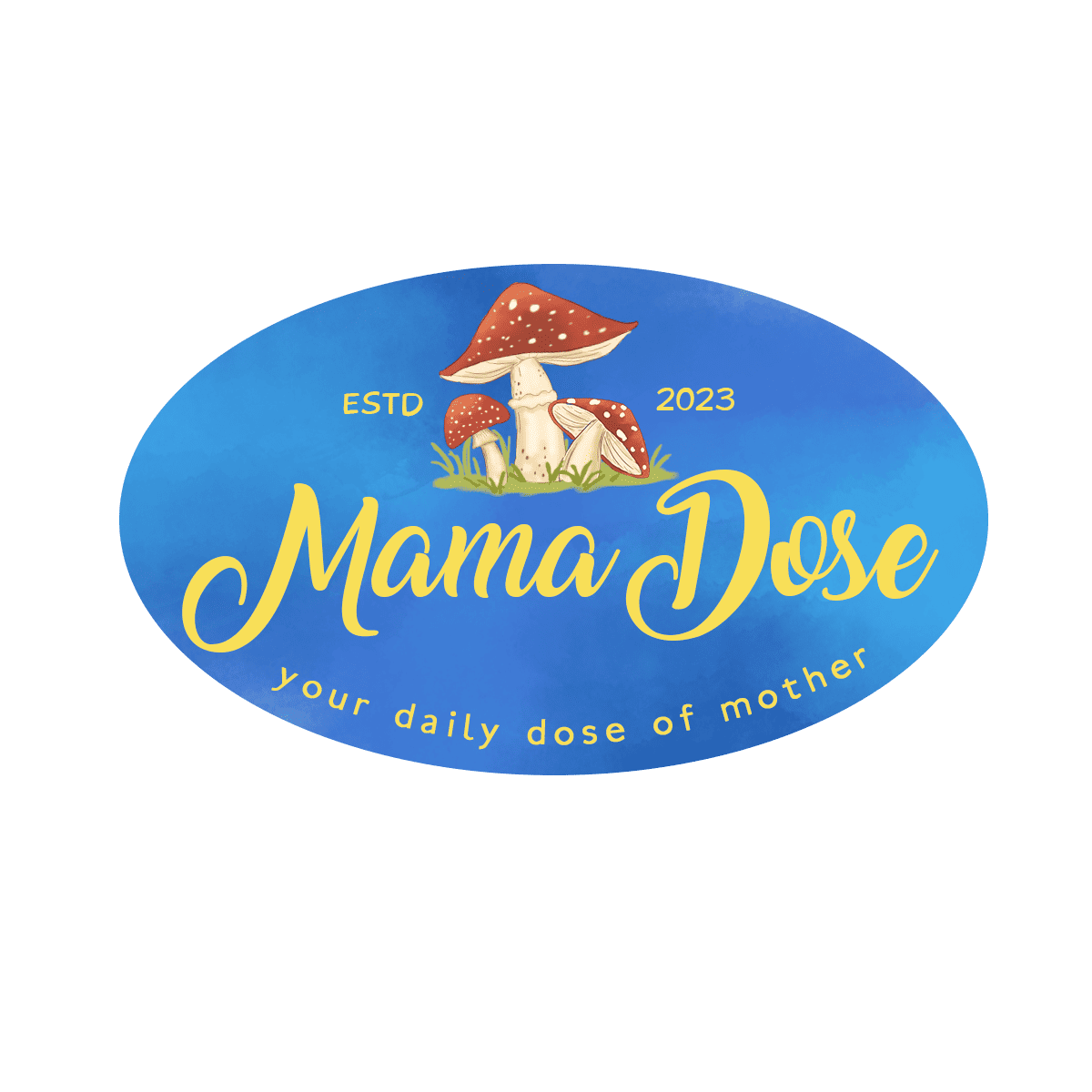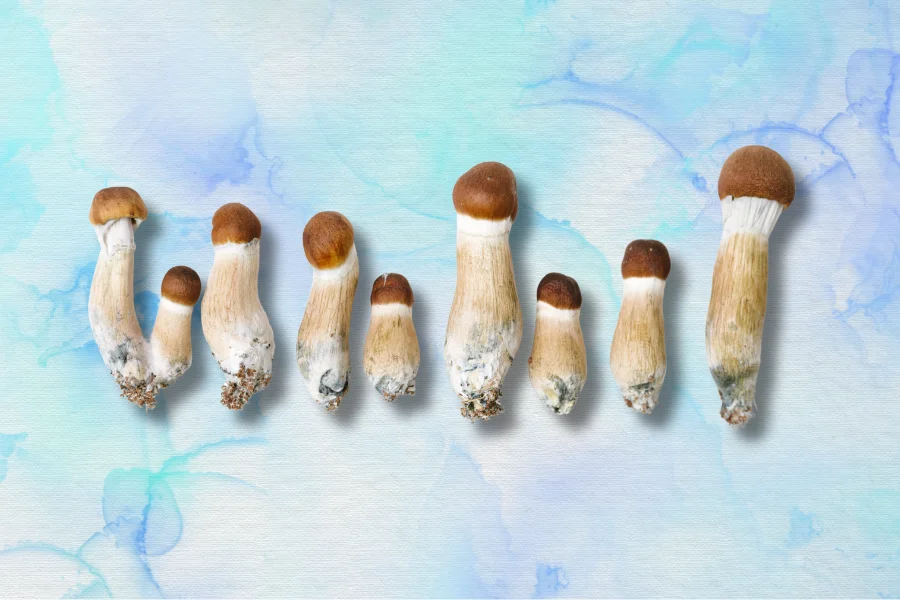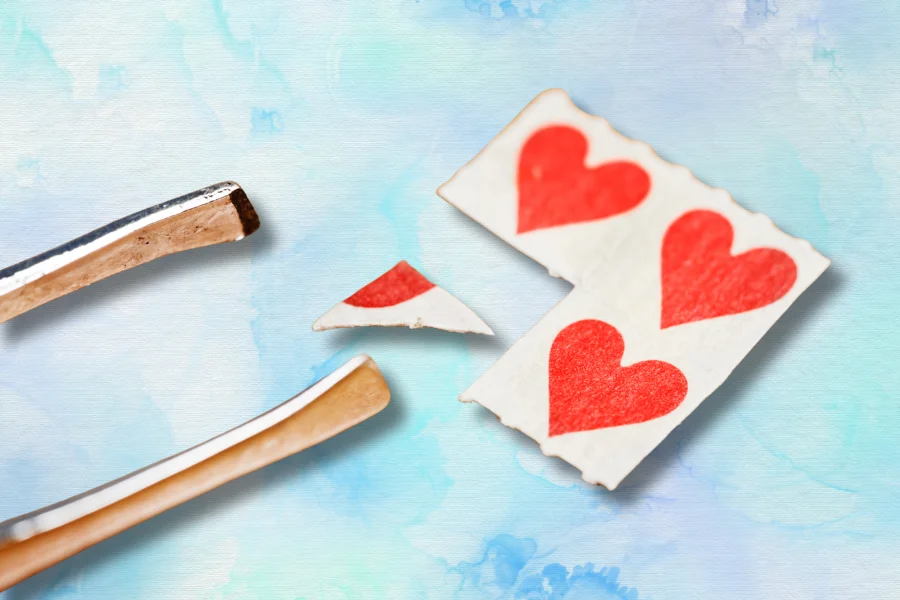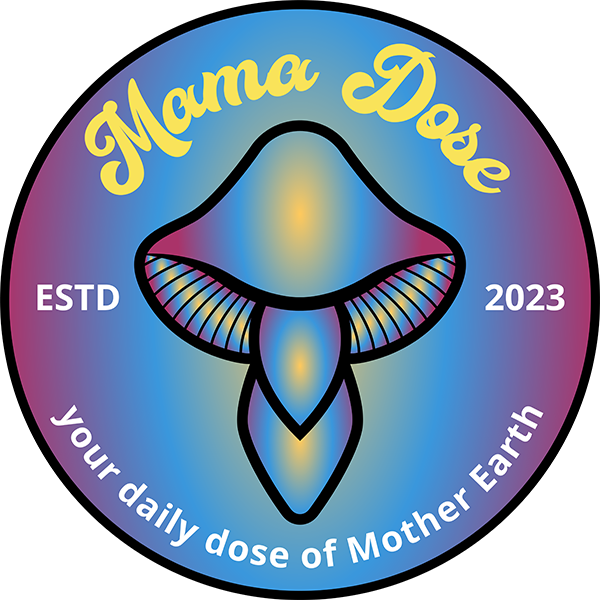

Microdosing psychedelics like psilocybin mushrooms and LSD have seen a notable rise in popularity lately. It’s becoming recognized for its potential to enhance productivity, spark creativity, and foster personal development, changing outdated perceptions about psychedelic use and hopefully destigmatizing it in the near future.
If you’re new to the idea, microdosing involves taking a very small, barely noticeable amount of a psychedelic substance. The unique advantage of microdosing lies in the level of control it offers. Both shrooms and LSD bring unique effects and experiences, so choosing the right one is a personal decision worth careful thought.
Given the control microdosing provides, we will try to break down the distinctions between microdosing mushrooms and LSD. This will help you weigh the factors to consider when deciding which one aligns best with your goals.
LSD, short for Lysergic Acid Diethylamide, is a synthetic compound derived from ergot, a fungus commonly found on rye and other grains. It was first synthesized in 1938 by Swiss chemist Albert Hofmann, though he only discovered its mind-altering properties by accident a few years later in 1943.
When taken in full doses, LSD is a powerful psychedelic that creates intense effects on both the mind and body. It can bring about vivid hallucinations, mood shifts, and sensations that feel dream-like, similar to shrooms but not the same. Over the years, LSD has been used not only recreationally but also for therapeutic purposes. Research has shown that, in larger doses, LSD can be effective in treating certain conditions, including alcohol and opiate addictions.
For those interested in experiencing some of LSD’s potential benefits without the intense effects, microdosing is an alternative. A microdose of LSD typically ranges from five to twenty micrograms. At these low levels, LSD influences serotonin pathways in the brain, subtly altering perception and potentially boosting creativity, productivity, and sensory awareness.
Psilocybin is a naturally occurring psychedelic compound found in over 200 mushroom species. First isolated in 1958 by the same chemist who discovered acid, Dr Albert Hofmann, and his team at Sandoz. it gained attention during the early 1960s when used in psychotherapy sessions led by Dr. Timothy Leary at Harvard University, revealing effects somewhat similar to, but distinct from those of LSD. Like LSD, psilocybin interacts with serotonin receptors in the brain, which influences serotonin levels and alters perception.
These mushrooms, often called magic mushrooms, have been integral to spiritual and healing practices for centuries, especially among indigenous cultures in Central and South America. Unlike LSD which is a synthetic compound, psilocybin is more “natural.”
Studies from institutions like Johns Hopkins Medicine suggest that psilocybin, at higher doses, may help alleviate symptoms of Major Depressive Disorder (MDD) and various forms of anxiety when paired with psychotherapy. In much smaller, sub-perceptual doses, research, and personal accounts indicate that psilocybin may enhance mood, increase sensory perception, and foster a sense of openness and emotional connection. Some who microdose psilocybin report heightened energy, reduced anxiety, and improved focus. A common microdose of psilocybin ranges from one-tenth to three-tenths of a gram.

If you’re curious about the differences in experience when microdosing LSD vs Psilocybin, their natural vs synthetic origins highlight these contrasts well.
Mushrooms often dissolve the ego by immersing users in their environment, whether real or imagined. They encourage deep introspection and meditation, allowing you to connect with the ancient practices that utilized these fungi. Expect grounded sensations and a tactile quality to your experience. Even at a microdose, you might feel as if you’re diving into a mushroom trip.
In contrast, LSD dissolves the ego through clarity. Sounds, colors, and interactions flow seamlessly, making you feel at ease in both natural settings and urban spaces. The experience is flexible, uplifting, and has a quality that feels like self-improvement. While mushrooms may draw you deep into contemplation, LSD lifts you to the surface with its clarity and brightness.
When planning your day while microdosing, consider your activities. If you have professional tasks, social interactions, or will be in busy environments, LSD might be the more suitable option. On the other hand, if you have a free day and are seeking introspection and solitude, mushrooms could be the ideal choice. While there are no strict rules, personal experiences and anecdotal reports suggest that each substance is better suited for particular contexts.

Microdosing with mushrooms and LSD presents distinct experiences and effects, each catering to various purposes and personal preferences. If you lean towards the natural and emotionally transformative qualities of mushrooms, you may find profound insights and connections. While LSD can offer similar benefits to our beliefs we are more leaning towards Mother Nature and find that microdosing psilocybin might be a more natural approach.
Regardless of your preference, it’s essential to approach microdosing with caution, respect, and a clear understanding of your intentions. Always consult a healthcare professional before starting any microdosing regimen, and consider reaching out to experienced microdosers for guidance to ensure a safe and profound experience. And don’t forget to keep an eye on ongoing research to understand the evolving potential of psychedelics in microdosing and their broader use.
